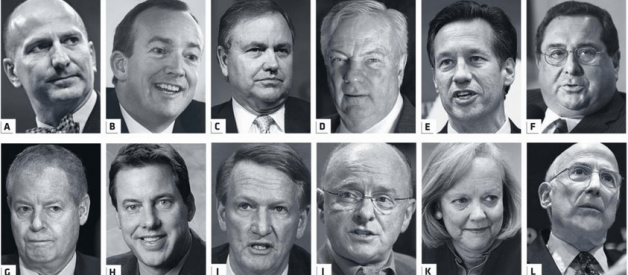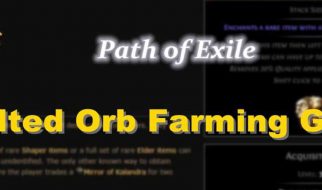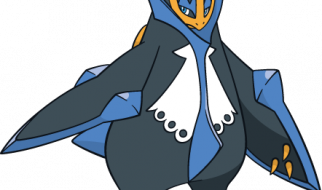This article was originally posted on ScienceofPeople.com as The Definitive Guide to Reading Microexpressions.
Learning how to decode facial expressions is like having a superpower.
The face and its facial expressions, also known as microexpressions, are the window to the soul. If you know how to read them. The good news is we can tell a lot about someone by their face.
The Face of a Leader:
Look at these faces of CEOs. Can you tell which ones have the most profitable companies?

In this study by Nicholas Rule and Nalini Ambady, researchers asked participants to rate these CEOs based on their picture. Their ratings accurately correlated to the level of profit the CEO?s company made. Answers: J. David J. O?reilly (Chevron), G. James Mulva (Conoco Phillips), C. H. Lee Scott Jr. (Walmart).
How to Read A Face:
Knowing how to read and interpret microexpressions is an essential part of understanding nonverbal behavior and reading people. Here is my brief guide to understanding the microexpression.
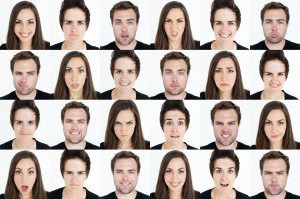
A microexpression is a brief, involuntary facial expression that appears on a person?s face according to the emotions being experienced. Unlike regular, pro-longed facial expressions, it is difficult to fake a microexpression.
There are seven universal microexpressions: disgust, anger, fear, sadness, happiness, surprise and contempt. They often occur as fast as 1/15 to 1/25 of a second. The face is the best indicator of a person?s emotions. Yet, it often is overlooked. Dr. Paul Ekman, whose research is the premise of the show Lie to Me, has done groundbreaking research on decoding the human face. He has shown that facial expressions are universal. In other words, people in the US make the same face for sadness as indigenous people in Papa New Guinea who never have seen TV or movie characters to model themselves after. He also found that congenitally blind individuals, those blind since birth, also make the same facial expressions, even though they never have seen other people?s faces. Ekman has designated seven facial expressions that are the most widely used and easy to interpret. Learning to read them is incredibly helpful for understanding the people in our lives. If you want to practice reading people?s faces, it is important to know the following basic expressions. I would recommend trying the following faces in the mirror so you can see what they look like on yourself. You also will find that if you make the facial expression, you also begin feeling the emotion yourself! Emotions not only cause facial expressions, facial expressions also cause emotions.
The 7 Microexpressions
1) Surprise Microexpression:
- The eyebrows are raised and curved
- Skin below the brow is stretched
- Horizontal wrinkles across the forehead
- Eyelids are opened, white of the eye showing above and below
- Jaw drops open and teeth are parted but there is no tension or stretching of the mouth

2) Fear Microexpression:
- Eyebrows are raised and drawn together, usually in a flat line
- Wrinkles in the forehead are in the center between the eyebrows, not across
- Upper eyelid is raised, but the lower lid is tense and drawn up
- Eyes have the upper white showing, but not the lower white
- Mouth is open and lips are slightly tensed or stretched and drawn back

3) Disgust Microexpression:
- Upper eyelid is raised
- Lower lip is raised
- Nose is wrinkled
- Cheeks are raised
- Lines show below the lower eyelid
This is the expression you make when you smell something bad.
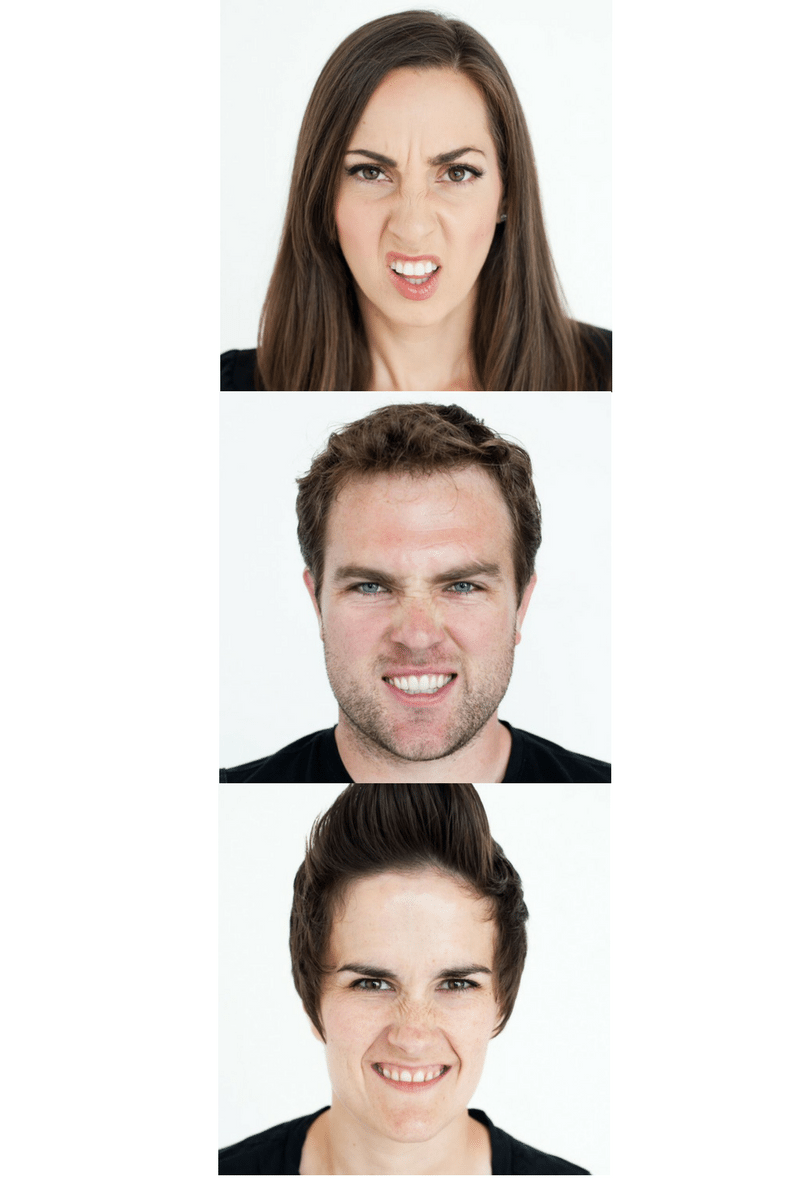
4) Anger Microexpression:
- The eyebrows are lowered and drawn together
- Vertical lines appear between the eyebrows
- Lower lid is tensed
- Eyes are in hard stare or bulging
- Lips can be pressed firmly together, with corners down, or in a square shape as if shouting
- Nostrils may be dilated
- The lower jaw juts out
(All three facial areas must be engaged to not have any ambiguity)
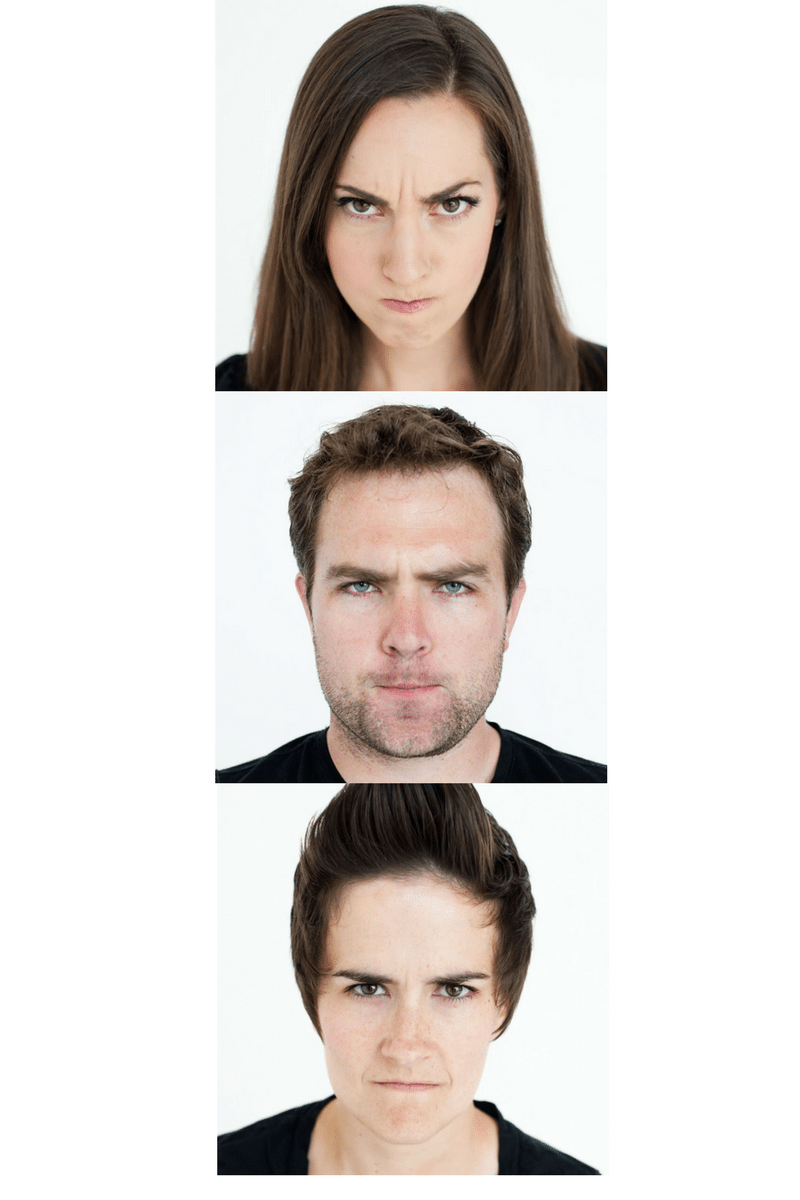
5) Happiness Microexpression:
- Corners of the lips are drawn back and up
- Mouth may or may not be parted, teeth exposed
- A wrinkle runs from outer nose to outer lip
- Cheeks are raised
- Lower eyelid may show wrinkles or be tense
- Crow?s feet near the outside of the eyes
*The expressions on the left are fake happiness, where the side eye muscles are not engaged. The ones on the right are real happiness. See the difference?

6) Sadness Microexpression:
- Inner corners of the eyebrows are drawn in and then up
- Skin below the eyebrows is triangulated, with inner corner up
- Corner of the lips are drawn down
- Jaw comes up
- Lower lip pouts out
*This is the hardest microexpression to fake!
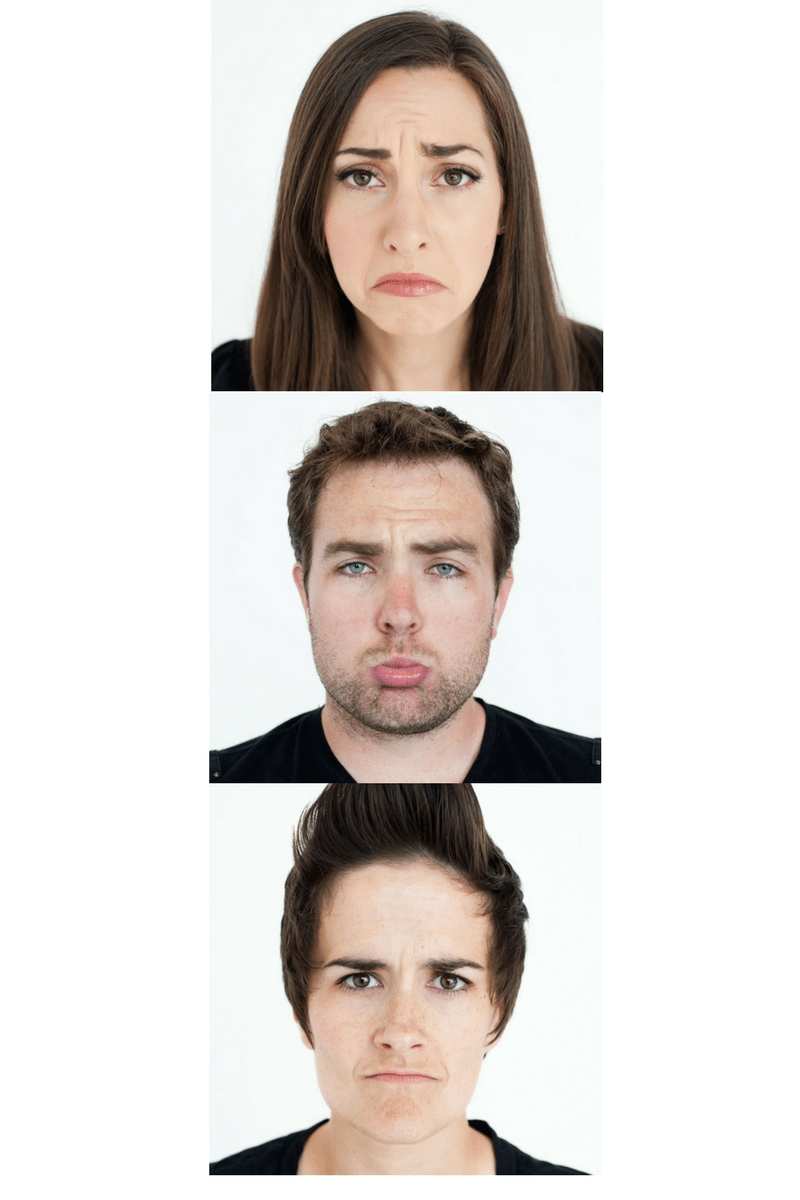
7) Contempt / Hate Microexpression:
- One side of the mouth is raised
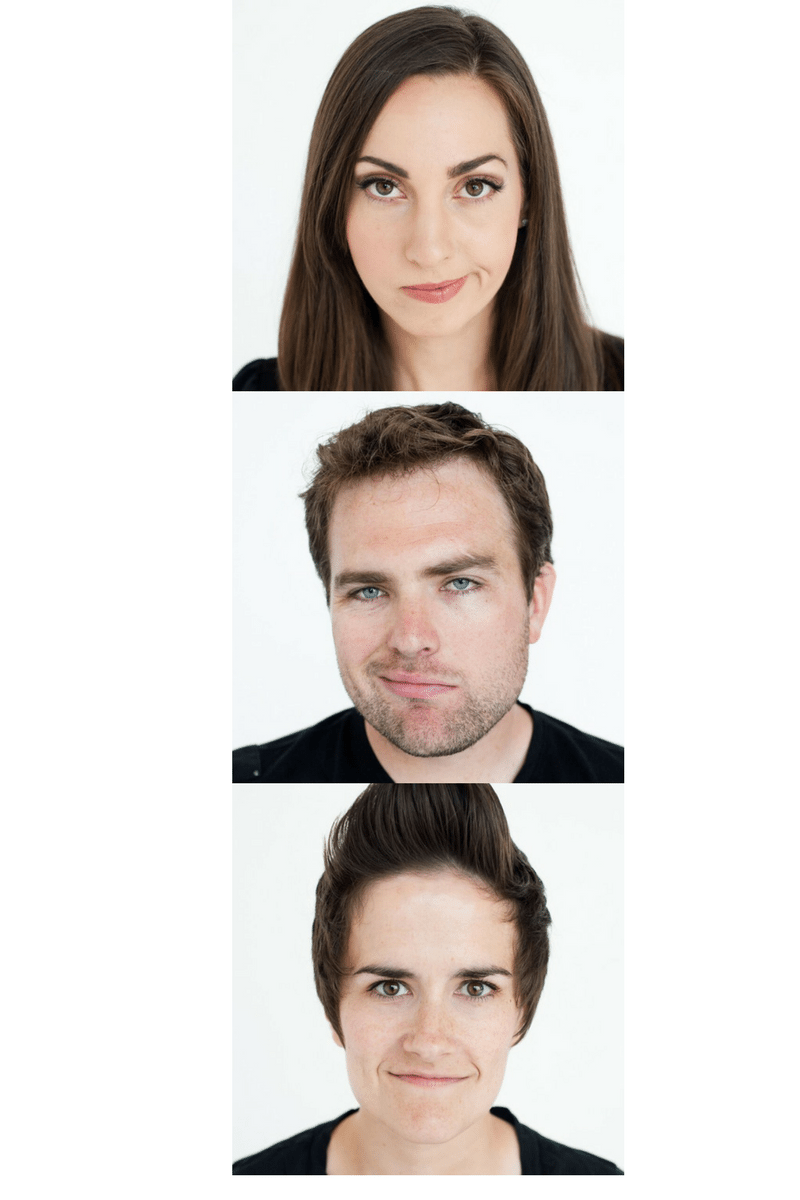
Practice these emotions on yourself, and see if you can detect them in the people in your life. Identifying the microexpression is only a piece of the puzzle. We want to help you understand each of the expressions, specifically the science behind each emotion.
Ready for the advanced course?
Intensive online training to level up your charisma, communicate powerfully, and take command of your presence. Learn more about People School.
Originally published at www.scienceofpeople.com.
